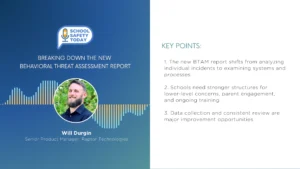The Intersection of Hardware, Aesthetics and Technology in Residential Design
Watch above as Pro AV Today‘s Ben Thomas and Martin Heckmann of Masonite discuss the intersection of technology and design in the residential installation space.
—
The intersection of technology and design has been a growing trend in the residential installation industry. As technology advances, it is becoming an increasingly important factor in the design and construction of homes. Architects and designers are now finding new ways to integrate technology into the aesthetic of homes, creating a new intersection between hardware and aesthetics.
One of the biggest ways technology is being integrated into residential design is through the creation of smart homes. Smart homes are designed to be more efficient, comfortable, and convenient to live in. They use technology such as automation, remote control, and monitoring to make life easier for homeowners. For example, smart thermostats can automatically adjust the temperature of a home based on the time of day or the presence of people, saving energy and money. Smart lighting systems can be controlled remotely and automatically adjust to the time of day, creating the perfect ambiance for any occasion.
As technology continues to advance, it will play an even more important role in shaping the look and feel of homes in the future. Architects and designers will continue to find new ways to integrate technology into the design of homes, creating a new intersection between hardware and aesthetics. The smart home will continue to evolve, becoming more energy efficient, convenient, and comfortable to live in. It’s an exciting time for the residential construction industry, as technology is being used to create homes that are not only beautiful but also functional and efficient.








